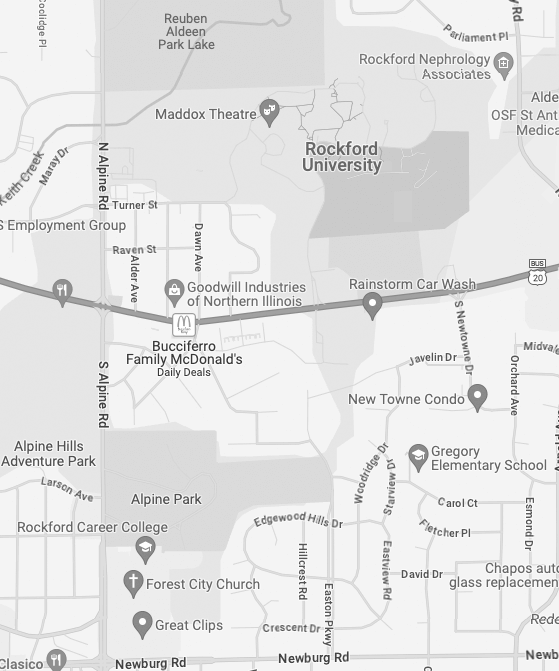Levels of Sedation
Sedation dentistry is closely regulated by law, and there are three sedative states at which your child's dentist can administer treatment: mild sedation, moderate sedation, and deep sedation.
- Mild Sedation — Anxiolysis is the lightest form of sedation dentistry and is often used for children with mild anxiety, longer procedures, or more complex situations. Mild sedation is usually administered orally. Your child will remain awake or very sleepy throughout the entire procedure and will be able to breathe normally, but he or she will feel a great sense of relaxation. Patients typically recover from anxiolysis sedation within a few hours after the procedure is complete. Nitrous oxide inhalation (laughing gas) is another form of mild to moderate sedation that results in relaxation during treatment.
- Moderate Sedation — Used for patients with moderate dental anxiety and for patients who need longer or more complex procedures, conscious sedation often refers to the use of light IV sedation. With conscious sedation, your child will remain awake throughout the procedure, but will be in a deep state of relaxation.
- Deep Sedation — Patients receiving deep sedation go between consciousness and unconsciousness during their dental procedure. Patients often have no recollection of the treatment and are unable to respond to commands even if they are awake at times during the procedure.
How are sedatives administered?
- Inhalation — Nitrous oxide, or laughing gas, is the most frequently used method for easing mild to moderate anxiety. Recovery is quick so your child can resume normal activities immediately.
- Oral — An extremely common technique for dental sedation is oral sedation. It is easy and does not require the use of needles. Your child will be given a prescription pill which, taken about an hour before the appointment, will have your child fully relaxed by the time you arrive at our office.
IV sedation dentistry
Our office is proud to offer customized IV sedation dentistry that is safe and effective.
There are different types of sedation dentistry, and working together, you and your doctor will decide on a personalized treatment plan that will give your child the care he or she needs while ensuring comfort every step of the way.
How IV sedation dentistry works
About an hour before treatment begins, your child will be given a small pill to help him or her relax. When you arrive at our practice, our staff will be waiting for you and will escort you and your child to a private treatment room.
Your doctor will gently place an IV and administer medication to help your child into a deeper state of relaxation. Once treatment is complete, your child will wake up feeling refreshed, with little or no memory of the appointment and a beautiful new smile. Using sedation dentistry, we are able to complete many different procedures, including complex smile makeovers, in just one office visit.


